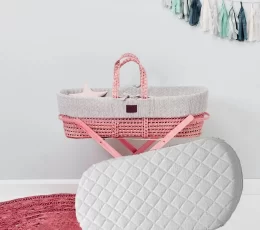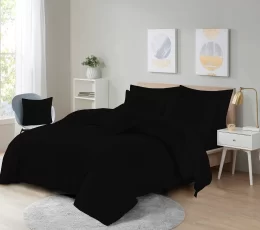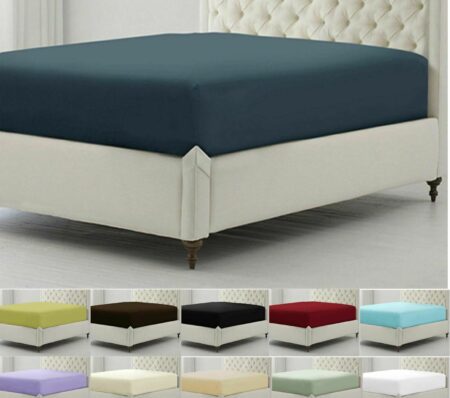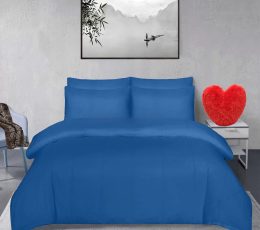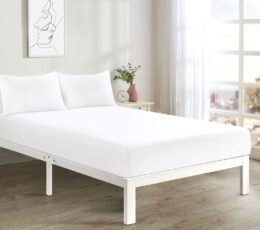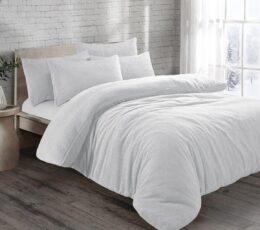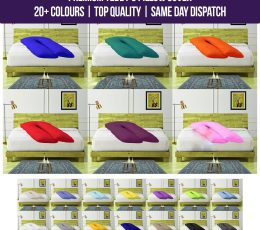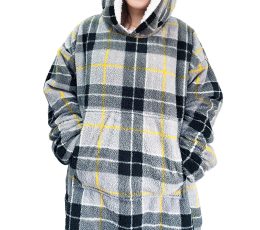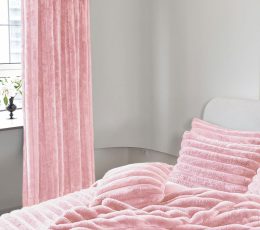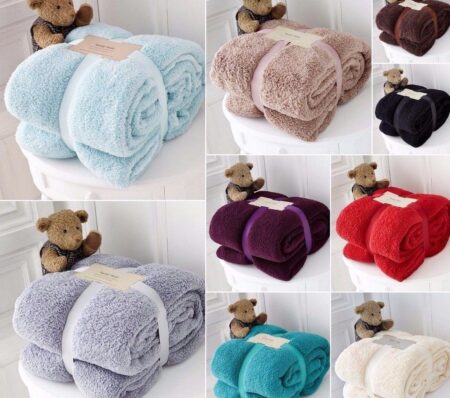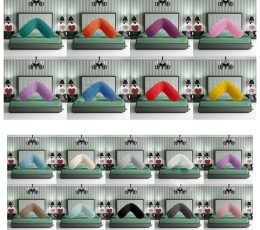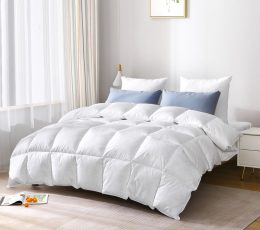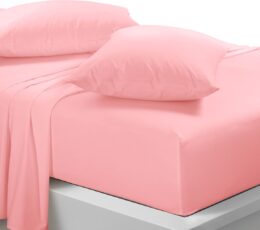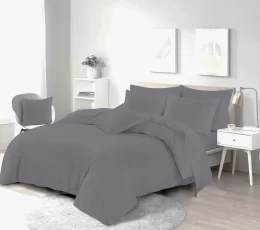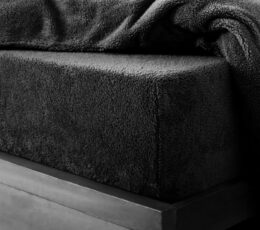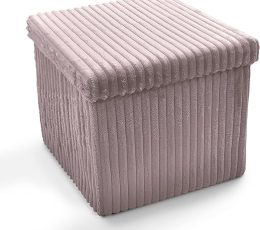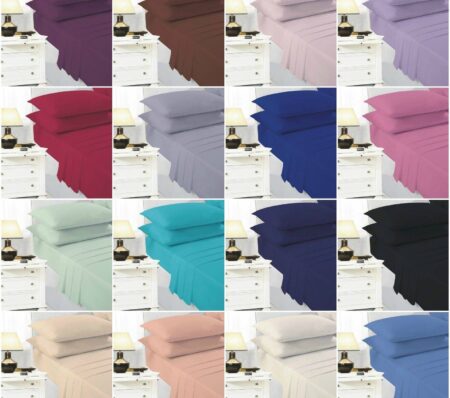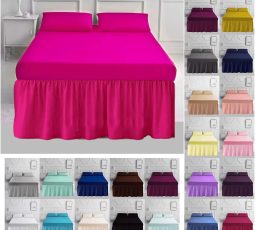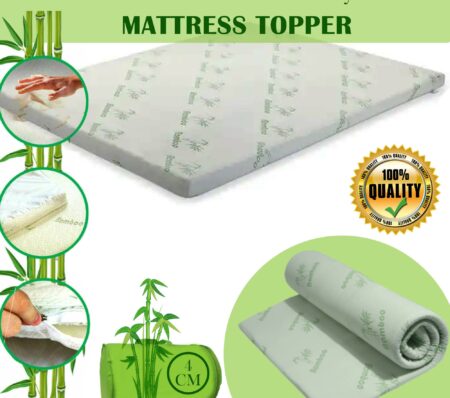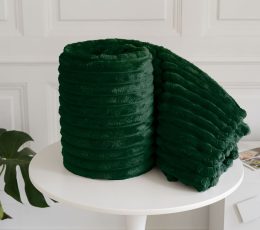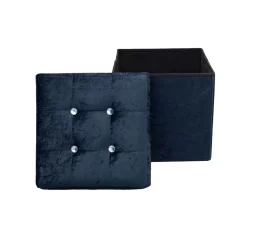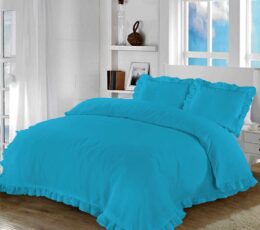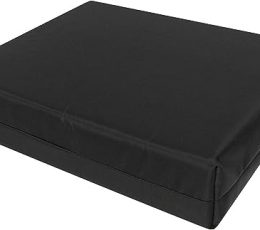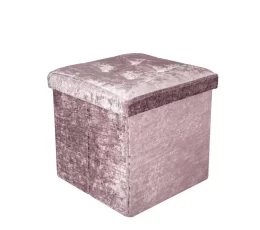Have you ever encounter that the bedding you used is not comfortable enough and want to change, so first thing we came across is how long does duvet last. The bedding we choose plays a crucial role in ensuring a good night’s sleep, and among the essentials, all season duvet stand out as a cornerstone for comfort and warmth. However, like any other household item, super king duvet have a lifespan, and understanding how long they should last is essential for maintaining a cozy and hygienic sleep environment.
Is it Time to Replace My Duvet?
One of the common questions that bed owners ponder is whether it’s time to bid farewell to their trusty 13.5 Tog duvet. Several factors contribute to the decision to replace a duvet, and recognizing the signs can help individuals maintain a healthy and comfortable sleep space.
Signs It’s Time for a New Duvet:
- Lumpiness or Unevenness: Over time, duvet fillings, whether natural or synthetic, can clump together, resulting in an uneven distribution of warmth. If your once-plush duvet now feels lumpy or uneven, it might be a sign that it has reached the end of its life.
- Loss of Loft: Loft refers to the fluffiness and thickness of a duvet. With regular use and cleaning, duvets can lose their loft, compromising their ability to provide adequate insulation. If your duvet appears flat and fails to retain its original thickness, it may be time to consider a replacement.
- Visible Wear and Tear: Duvets are exposed to wear and tear, especially if they are frequently used and washed. Visible signs of damage, such as frayed edges, tears, or worn-out fabric, indicate that the duvet’s structural integrity is compromised, and it might be time to invest in a new one.
- Allergies or Hygiene Concerns: Over time, duvets can accumulate dust mites, allergens, and other particles. If you or your family members experience allergies or if you are concerned about the overall hygiene of your bedding, replacing the duvet is a practical step to ensure a healthier sleep environment.
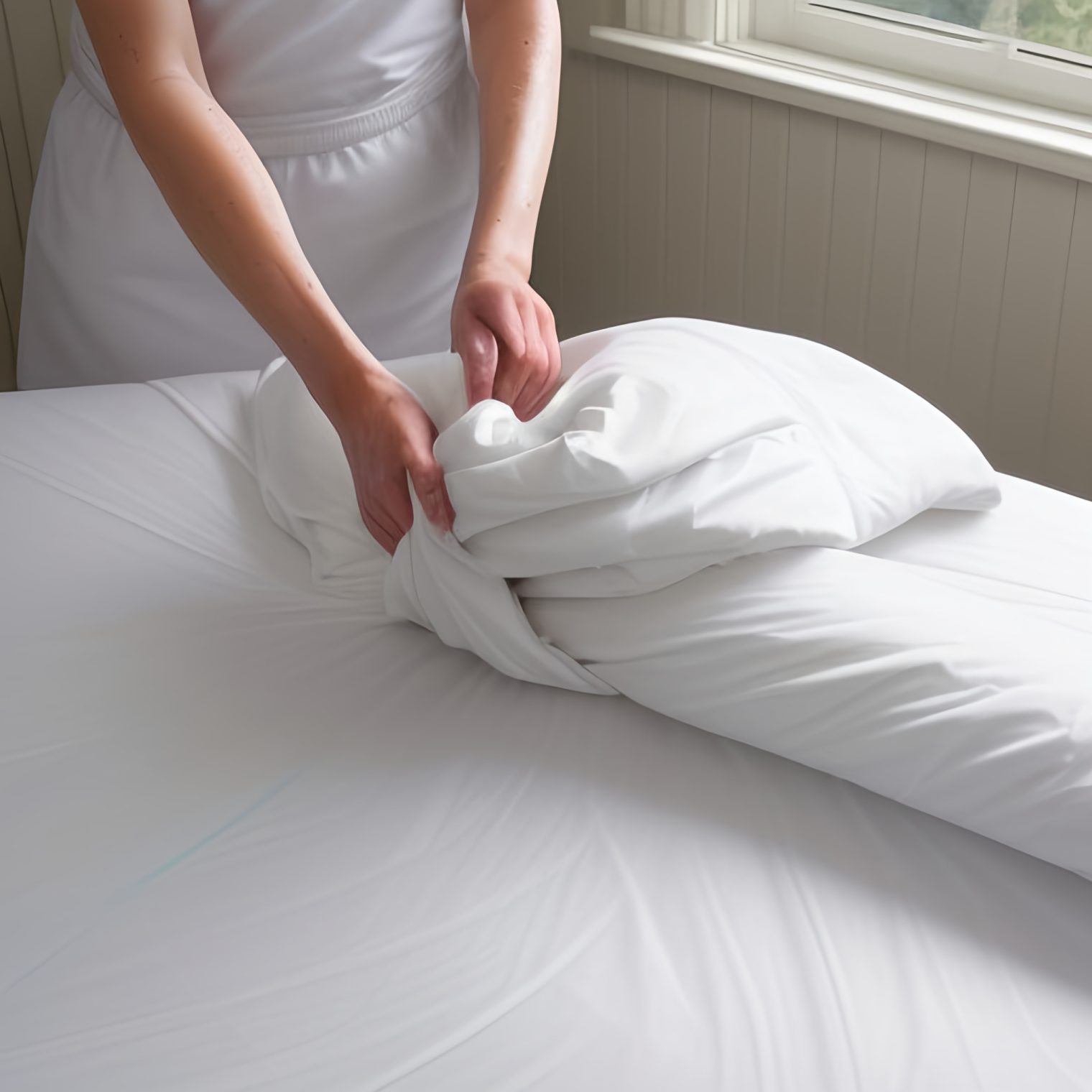
How Long Will a Good Duvet Last?
The longevity of a duvet depends on various factors, including the quality of materials, frequency of use, and proper care. Here’s a closer look at these elements:
Quality of Materials
Natural Fillings: Natural filled duvets such as down or feathers are renowned for their durability. High-quality natural fillings can last anywhere from 10 to 20 years with proper care.
Synthetic Fillings: Synthetic duvets, often made from polyester or microfiber, are generally more affordable and can last between 5 to 10 years. However, the quality of synthetic fillings varies, impacting the overall lifespan.
Frequency of Use:
Duvets used on a daily basis will naturally experience more wear and tear compared to those used occasionally or seasonally. Consider investing in multiple duvets and rotating them to extend their lifespan.
Proper Care:
Regular cleaning and maintenance are essential for preserving the quality of a duvet. Follow the manufacturer’s care instructions, and use a duvet cover to protect against stains and spills. Avoid overwashing, as excessive laundering can accelerate wear.
How to Refresh Your Duvet
Wash That Bedding: Regular washing is key to keeping your duvet fresh and clean. Most duvets can be machine-washed, but it’s essential to check the care label for specific instructions. Use a mild detergent and set your machine to a gentle cycle. Washing your duvet at least once or twice a year helps remove dust, allergens, and odors, ensuring a comfortable and hygienic sleep environment.
Let It Air: If your duvet doesn’t require a full wash, hanging it outside on a sunny day can do wonders. The fresh air and sunlight help eliminate odors and bacteria naturally. Choose a breezy day, shake out the duvet to fluff it up, and let it hang for a few hours. This method is especially effective for duvets that can’t be machine-washed.
Use a Fabric Spray Between Washes: For a quick refresh between washes, consider using a fabric spray. Choose a product with a light and pleasant scent, and lightly spray it over the duvet. Be sure to allow the duvet to air out before placing it back on your bed. Fabric sprays are an excellent way to maintain a fresh-smelling duvet without the need for frequent washing.
how long does duvet last After Drying: After washing, tumble drying your duvet on low heat can help restore its fluffiness. Add a few clean tennis balls or dryer balls to the dryer to prevent the filling from clumping. Periodically check the duvet to ensure it doesn’t overheat, and remove it promptly to avoid damage. This method is particularly effective for duvets with synthetic fillings.

How Do I Know What Type of Duvet Is Right for Me?
Choosing the right duvet depends on personal preferences, sleeping habits, and any specific requirements you may have. Here are some key considerations:
Fill Material:
- Natural Fillings: Down and feather duvets provide excellent insulation and a luxurious feel. They are lightweight and breathable, making them ideal for various climates. You can check our 10.5 tog duvet with cotton cover.
- Synthetic Fillings: Polyester or microfiber-filled duvets are hypoallergenic and more affordable. They are suitable for those with allergies and often provide adequate warmth. Like our 13.5 Tog duvet with polyester cover.
Tog Rating:
- A tog rating indicates a duvet’s warmth. A higher tog rating means a warmer duvet, making it suitable for colder seasons. Choose a tog from the duvet tog guide that aligns with your comfort preferences and local climate.
Size:
- Select a duvet size that matches your bed size. Consider opting for a larger size if you and your sleep partner prefer extra coverage. Consider is 10.5 tog duvet warm to use.
Seasonal Considerations:
- Some individuals prefer using different duvets for different seasons. A lighter duvet is suitable for summer, while a thicker one provides warmth in winter.
What Do I Do With an Old Duvet?
When it’s time to part ways with your double summer duvet, consider these eco-friendly options:
- You can donate your duvet is still in good condition, consider donating it to a local shelter, animal rescue organization, or textile recycling center.
- You can get creative and repurpose your old duvet. It can be transformed into pet bedding, cushion stuffing, or even a DIY camping blanket.
- You can check with local recycling facilities to see if they accept bedding materials. Some facilities can recycle textiles to create new products or insulation.

how long should a duvet last?
The lifespan of a single winter duvet depends on factors such as quality, usage, and care. High-quality duvets made with durable materials can last anywhere from 5 to 20 years. Regular cleaning, proper maintenance, and attentive care contribute to extending the life of your duvet, ensuring you enjoy its comfort for years to come.
FAQs About How Long Does Duvet Last
Q: How long does a typical duvet last?
The lifespan of a duvet varies based on factors like quality, materials, and care. Generally, a well-maintained, high-quality duvet can last anywhere from 5 to 20 years.
Q: What factors influence the lifespan of a duvet?
The quality of materials, frequency of use, and proper care are key factors. Natural fillings like down tend to last longer than synthetic alternatives, and regular cleaning and maintenance play a crucial role.
Q: Can I machine-wash my duvet, and how often should I do it?
Most duvets can be machine-washed, but it’s important to check the care label for specific instructions. Washing your duvet once or twice a year is generally sufficient. However, if it becomes soiled or stained, more frequent washing may be necessary.
Q: What are the signs that my duvet needs replacing?
Signs include lumpiness, loss of loft, visible wear and tear, and concerns about allergies or hygiene. If your duvet feels uneven, flat, or shows visible damage, consider a replacement.
Q: How can I prolong the life of my duvet?
Regularly wash and air your duvet, use a duvet cover for protection, and follow the manufacturer’s care instructions. Avoid overwashing, which can contribute to wear, and consider rotating between multiple duvets to distribute usage.
Q: Is it necessary to use a duvet cover, and how does it impact the lifespan of the duvet?
Using a duvet cover is highly recommended. It helps protect the duvet from stains, spills, and general wear, thereby extending its lifespan. The cover can be easily washed and changed, keeping your duvet fresh and clean.
Q: Can I refresh my duvet without washing it?
Yes, you can refresh your duvet without washing it by letting it air outside on a sunny day, using a fabric spray between washes, or placing it in a tumble dryer on low heat after fluffing it up. These methods can help eliminate odors and restore the duvet’s freshness.
Q: What should I do with an old duvet that I no longer need?
Consider donating it to a local shelter or animal rescue, repurposing it for other uses (such as pet bedding or cushion stuffing), or recycling it through designated textile recycling facilities.
Q: Are there different lifespans for natural and synthetic-filled duvets?
Yes, natural fillings like down or feathers are known for their durability and can last 10 to 20 years with proper care. Synthetic-filled duvets, made from materials like polyester, typically have a lifespan of 5 to 10 years, depending on the quality of the filling.
Q: Can I extend the life of my duvet through repairs?
While minor repairs like stitching up small tears may be possible, extensive damage or wear may not be easily fixable. Regular maintenance and addressing issues early on can prevent the need for major repairs and extend the overall lifespan of the duvet.
From this we can understand about How Long Does Duvet Last, it is important when to change the duvet as after sometime the duvet materials becomes smuggy and it loses the fluffiness of the normal duvet. As the washing makes the impact and you need to undestand how to wash a duvet as this improves the longevity of the duvets. So, investing in quality duvet is important for better hygiene and sleep, while it crucial to change it after sometime. Consider the above discussed topics for changing coverless duvet.



